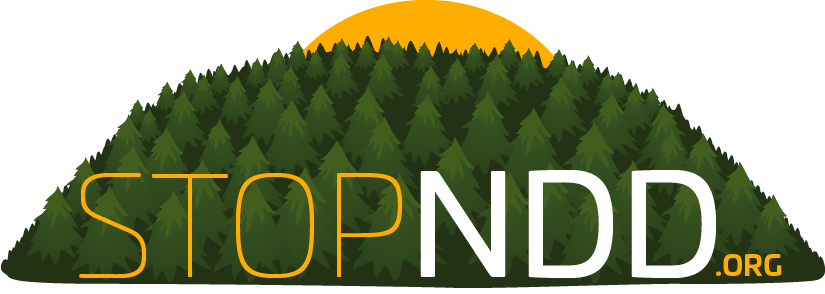
Rock collecting is a hobby that is both intellectual and sentimental. You can learn a great deal about our world from a rock, and rocks can also represent moments of joy and triumph in our lives. That’s why many people are drawn to geology in general, but even more so when it comes to searching for rocks, minerals, and gemstones.
Why make geology a hobby?
Rocks are the earth’s photo album. They tell the history of our planet and all its inhabitants—including ourselves! Geology at home can be a way to uncover and explore the mysteries of our world.
Rocks and gemstones also have a very strong symbolic and spiritual element to them. Fine minerals often look like wind-carved statues. This makes geology a very calming hobby and one that is steeped in connection, meaning and purpose. In fact, there are many rocks, minerals, and gemstones that are quite rare, precious, and valuable, which makes collecting them actually quite a sound investment.
Choose a theme to get your focus
Like any large category, the opportunities for rock collecting are vast and seemingly endless. There are ways to narrow your focus when it comes to exploring geology at home, which is especially helpful for first-time collectors. Consider collecting rocks, minerals, and gemstones in line with a theme. There are many different directions to go in, such as:
- Geographical locations
- Sticking close to home
- Rare or unusual
- Specific to a time period
- Historical significance
Start collecting based on a theme to help kick off your collection, while you learn the ropes of being a collector. Once you start learning more, your collection can branch off into other themes you may also find interesting.
Make displaying your collection a hobby, too
Displaying your collection is an important part of an at-home geology hobby. Not only do these beautiful earthly treasures deserve to be in the spotlight, but they can also be great conversation starters, as well. Half the fun of rock, mineral, and gemstone collecting is being able to talk about it!
- Consider only displaying some pieces and rotating through your entire collection. You can change up the display as often as you’d like, while exploring some elegant themes, like different varieties of opal, and off-beat categories, like rocks shaped like famous people.
- Research what makes the items in your collection really stand out, like the right lighting for minerals or the best cloth for gemstones. The best place to start is by looking at other collections to get a sense of display ideas and trends.
- Measure for size and weight. If you have some large or even massive pieces in your collection, you will want a display case that can handle both the size and weight without worrying about damage to the rock.
Stay organized by keeping records
Labeling your rocks and keeping them in a database or catalog can help you stay organized as your collection grows. It’s easy to let recordkeeping fall by the wayside, especially when you have a beautiful new mineral to gaze into, like bismuth or a rose quartz geode. But it’s one of the most important ways you can really examine your collection and explore the history of the world. It’s also crucial for managing a rock, mineral or gemstone collection as an asset or investment; plus, it’s a money saver.
In addition to the scientific data about each individual rock, be sure your recordkeeping includes receipts, bills of sale, and all insurance information on hand and up-to-date. Then dig as deep into the background information as you can, including about the specific rock you have. Where was it found? Who found it? Where was it housed? These are all questions with answers that may actually add value to your collection.
Research in a variety of ways
You’d be surprised to learn what kinds of amazing rocks and gemstones you can discover in your own backyard. Don’t let rock collecting become a thing that keeps you trapped behind a computer. Talk to geology professors at your nearest colleges and universities to find out what kinds of rocks are in your area. Beginners can purchase a rock identification kit to help them more quickly identify rocks out in the field. There may even be a local geology club or organization you can connect with. Check with your city’s parks and recreation departments, nature centers and libraries to find other collectors.
The internet is an incredibly useful tool for researching, identifying, purchasing and documenting your rock collection. There are thousands of websites that can help everyone from kids to adults, beginners to seasoned pros. You can also order rocks for your collection, chat with other collectors, and keep track of your collection’s paper trail.
Many collectors find geology a field that is a true blend of art and science. The beautiful shapes and shades of rocks, minerals, and gemstones are mesmerizing, and the scientific relevance is like solving a mystery—or a millenia-old scavenger hunt. Whether you need help kicking off your collection or maintaining a long-treasured one, these resources can help you get the most out of rock collecting.
